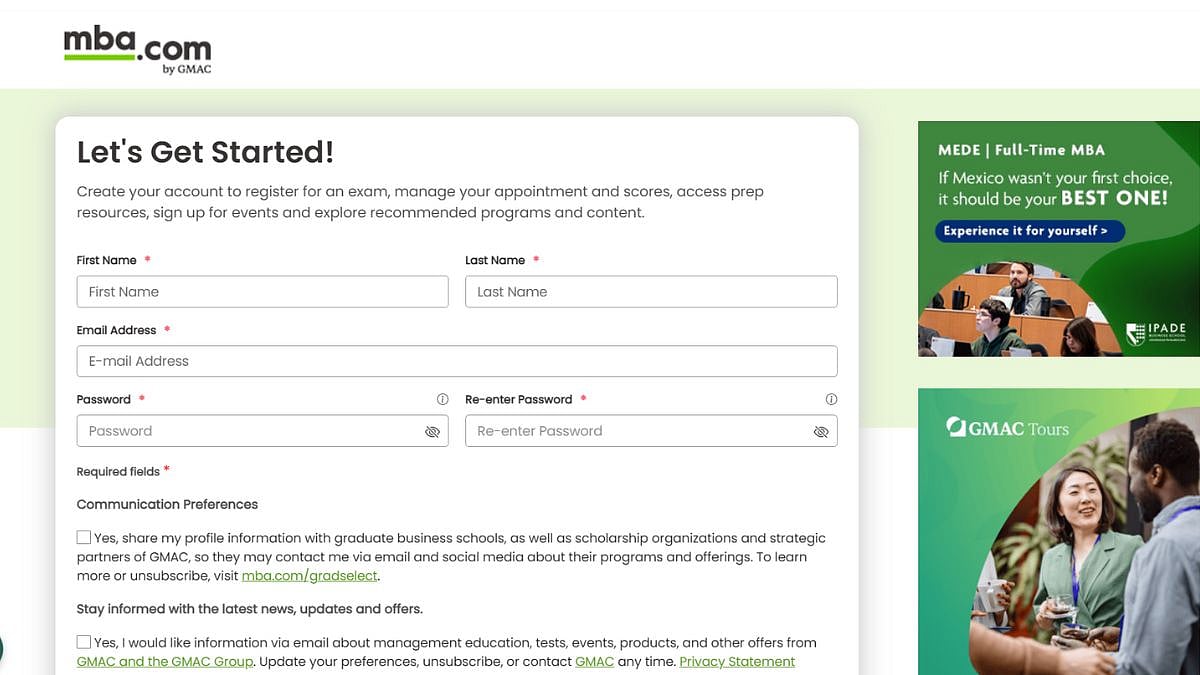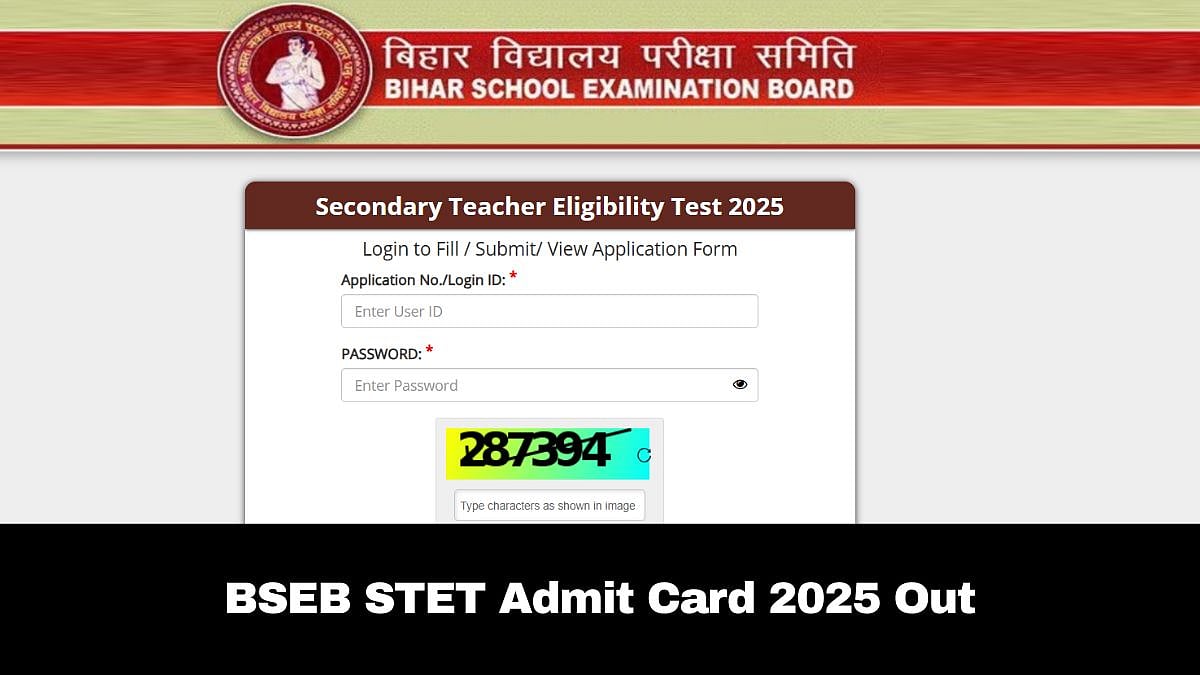U.S. universities offer cutting-edge training, research, and facilities, and studying in the United States can be a springboard to career success. However, the application process to U.S. universities can be daunting to many. To make the process of applying for higher studies in the United States more approachable, EducationUSA has divided the process into five distinct steps.
A preliminary step and necessary foundation for this process is self-evaluation. This will help you to develop an awareness of your strengths, weaknesses, interests, and career goals. After this, you will be able to identify the skills and knowledge you need to acquire while studying at a U.S. university.
Based on your self-evaluation, you can begin the first step: researching your options among U.S. universities. With more than 4,000 accredited U.S. universities, it is important to research thoroughly to find the ones that best match your academic, financial, and personal priorities.
The criteria to consider when selecting a university include curriculum, cost of attendance, whether financial aid is available, admission requirements, the graduation rate, as well as the support services offered by the college such as health services, transportation, and extracurricular activities. Once you determine what criteria are personally important to you, you can select universities based on those criteria. Universities that suit your specific circumstances are called “best fit” schools, and securing a place in a “best fit” university is more important than considering whether a college is highly ranked or prestigious.
Next, you will need to look into avenues by which to finance your education. You should first develop a budget based on your personal resources. Consider how much you and your family can reserve to support a U.S. education. Calculate the sum you can contribute per year to study in the United States. You can also review the websites of U.S. universities to check for scholarships offered to international students. U.S. universities provide merit-based and need-based financial aid. You may want to apply to some universities where the difference between your contribution and the estimated cost of study can be supplied by funding from the university, as well as some universities where the cost of attendance fits within the budget you can afford.
You can also attempt to locate scholarship awards or grants from external agencies. Some sources to explore are employers, unions, professional organizations, and special interest groups. Some trusts offer financial assistance for education to Indian students who are planning to study abroad.
Additionally, some students finance their education by relying on educational loans.
Finally, you may be able to earn some income from on-campus work in the United States and from practical training opportunities (CPT and OPT). However, remember that practical training opportunities must first be approved by your U.S. university.
Financial planning must be undertaken early on in the application process so that you do not experience difficulties later on.
The third step is to complete and submit the university applications. In the United States, all universities operate independently, and potential students need to check the exact application requirements on each university’s official website.
That said, there are many common elements to university applications. All schools require transcripts of your last four years of high school or college. You will need to report scores of tests for academic proficiency, such as the GRE, SAT, or ACT scores, and test results for English proficiency, such as the TOEFL, IELTS, Duolingo or PTE tests. You are also required to submit application essays.
At the undergraduate level, this refers to essays on topics of personal interest. Graduate applicants are required to write a Statement of Purpose. Applicants may also be sent supplementary essays like a personal statement or a diversity statement. Applicants will need to arrange for 2-3 letters of recommendation, usually from academic sources like teachers and professors. The application can be supplemented with a CV or resume that can detail activities and involvement in more depth.

Universities are also now introducing new elements into the application process like video essays and interviews. Certain programs like architecture or music may also require additional elements like a portfolio or audition.
U.S. universities follow “holistic admissions” where they evaluate quantitative and qualitative information from some or all of these elements in order to make an admissions decision.
The fourth step is to apply for your U.S. student visa. The best source of information on the U.S. student visa is an official source like the U.S. Embassy or Consulates. You can find information online at https://www.ustraveldocs.com/
Once you have been admitted to a university and have acquired your student visa, you can undertake the final step, which is to prepare for your departure to the United States.
You should reserve your flight tickets and locate accommodation for your stay in the United States. You will need to fulfil your immunization requirements, if any, and you can assemble the documents you will need for your arrival at your educational institution.

To prepare for life at a U.S. campus, you should also familiarize yourself with U.S. academic culture and expectations. You should think about how to maximize your time in learning beyond the classroom. To do this, an ideal preparation tool is EducationUSA India’s “Prepathon” webinar series conducted every year before students depart for the United States. It addresses topics ranging from what to pack to classroom culture, as well as online and hybrid learning. It also includes modules on plagiarism and academic integrity, opportunities beyond the classroom, the perspective of parents, and what it takes to make a successful return to your home country.
If you follow these five steps, you should find the U.S. application process straightforward and methodical. It is ideal to start this process approximately 12-18 months before you plan to begin U.S. study to ensure you have plenty of time to systematically complete each step. All the best for your study in the United States!
For more information, please visit the EducationUSA website: (https://educationusa.state.gov), and for individual questions, please write to mumbai@educationusa.org
(Deborah Rosario is currently an EducationUSA Adviser at USIEF Mumbai where she has worked for over 6 years. Before that, Deborah worked in university events, university preparation, research and teaching. She has a doctorate in English Literature from Oxford University.)













